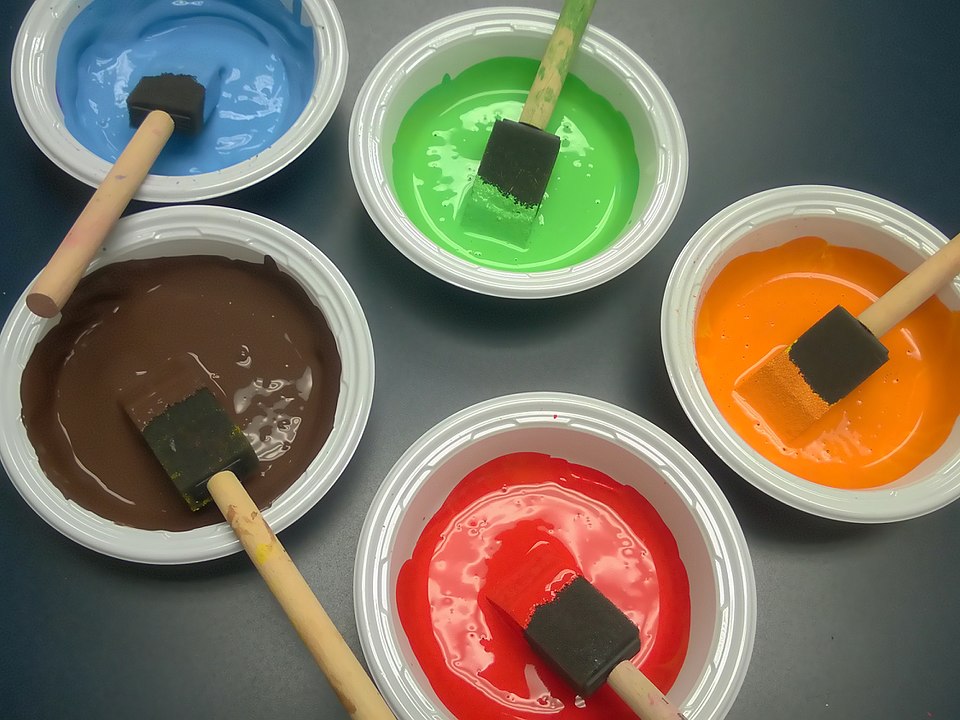
The majority of African countries are yet to outlaw harmful paints containing heavy metal lead despite their documented and far-reaching negative health and economic impacts, and the high risks of exposure to them facing many people on the continent.
As the world marks the 10th Anniversary of International Lead Poisoning Prevention Week (23-29 October 2022), we can no longer brush aside the pressing need to keep unsafe paints out of our homes, schools, and workplaces. We can do this by developing and enforcing mandates against lead paints, and enhancing public and industry awareness about their dangers.
Information compiled from the United Nations Environment Programme (UNEP), World Health Organization (WHO), and other credible sources indicate that as of 30th June 2022, less than a quarter of Africa’s 54 countries had laws or standards restricting the manufacture, importation, and sale of paints containing toxic lead compounds.
In comparison, highly industrialized countries phased out lead paints in the 1970s and 80s, saving millions of people from preventable and devastating exposure to lead pollution.
Most African countries missed the 2020 target to legislate against lead paints as advocated by the Global Alliance to Eliminate Lead in Paints. The Alliance brings together governments, industry, civil society, and other actors, and is coordinated by UNEP and WHO.
It’s encouraging that a number of countries on the continent are now at various stages of developing or revising their laws to disallow paints with lead exceeding 90 parts per million (ppm) in line with global recommendations.
However, in parts of Africa with legal frameworks against lead paints such as Kenya, the will and capacity to enforce them is not always robust, especially in the informal paint sector where the use of lead additives is still rampant. This needs to be relooked.
We are paying a huge price amid the silent and avoidable crisis of lead pollution from paints. The estimated annual economic cost of childhood lead exposure alone in Africa is $134.7 billion, or 4% of the continent’s Gross Domestic Product (GDP). This is based on decreased intelligence and lost lifetime economic productivity.
Ingesting or inhaling lead dust from paints and other sources can irreversibly impede the mental development of children. It can cause miscarriage, stillbirth, and malformations in pregnant women. It is also linked to anaemia, kidney damage, hypertension, and reproductive impairments.
While there are multiple sources of lead exposure for people, the most widespread in Africa tends to be paint containing added lead compounds. Eliminating them would therefore have significant health and economic benefits.
Tests conducted by NGO IPEN on solvent-based decorative household paints in a dozen African countries found more than half (55%) of the nearly 600 paint cans sampled had lead content exceeding the recommended maximum of 90 ppm. Some were as high as 10,000 ppm. This demonstrates the gravity and urgency of the challenge.
Transitioning from lead additives in paints doesn’t imperil the bottom line of paint manufacturers. Non-toxic and equally affordable alternatives are easily available. Some paint manufacturers have successfully switched to safe products, but others in the formal and informal sectors may need technical support to do so.
Lead compounds are usually added to oil-based decorative and industrial paints and related products to enhance brightness, reduce corrosion on metal surfaces or shorten drying time. After application, the paint may chip off or get disturbed during building renovations thus contaminating the air and soil. Children may also swallow lead if they mouth and chew toys painted with lead paint.
Despite the high lead exposure risks from paints in Africa, awareness is still limited. Robust public awareness campaigns should accompany initiatives to develop and enforce legal regimes to cut new lead paint use and to safely manage surfaces and objects already covered with lead paint.
Advocates against leaded paints are hoping to replicate the successful global campaign that phased out leaded petrol which was also a major source of lead exposure. Twenty years after the launch of the campaign led by UNEP, the world officially bid farewell to leaded petrol in July last year.
It’s time policymakers across Africa act decisively against lead pollution from paints and other sources. Inaction is inexcusable since the harm of the heavy metal is probably better understood and documented than any other environmental pollutant. There is no time to lose. We owe it to the current and future generations.